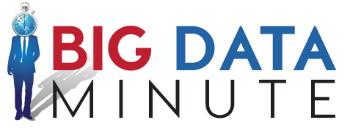Structured data is simply the opposite of structured data- data that is traditionally organized in columns and rows, and stored in fields of a database. This often includes text that is not structured in any particular form or order, such as an email.
Examples:
Examples of unstructured data include: Word documents, videos, email messages, audio files, presentations, webpages, photos and many other types of business documents.
Although these files may have an organizational structure, it does not mean that their data will fit cleanly into a database, like the data from an excel file.
The Importance of Unstructured Data:
It is estimated that 80-90% of an organization’s data is unstructured. Because data can be very valuable to an organization, by providing insight to decision makers, the unstructured component of data analytics should not be left out. Businesses should learn to manage all their data, not just their structured data.
Mining Unstructured Data:
Like a diamond, unstructured data is very valuable, but also very difficult to “mine.” Because of the difficulty, many software solutions have been developed in attempt to help organizations extract information from unstructured data. However, many find that such software, like Hadoop, is not worth all the Hype.








Recent Comments